We were lucky to catch up with Eric Keller recently and have shared our conversation below.
Alright, Eric thanks for taking the time to share your stories and insights with us today. Can you talk to us about a project that’s meant a lot to you?
While I’ve been lucky to have a few meaningful projects in my career I think the one that has helped me define a purpose for the artwork I create was actually a digital biology textbook I worked on from 2012 to 2014. This is because the project introduced me to the writing and philosophy of the great entomologist and evolutionary biologist E O Wilson. The biology textbook was meant for Apple’s iPad. It never got the attention it deserved but the process of creating animations for the textbook has influenced everything I’ve done since, especially within my own personal artwork. E O Wilson pioneered research on eusocial insect societies and revealed an important but overlooked principal that is that cooperation and altruism is just as much a product of evolution as competition. While Darwinian struggle is defined as “survival of the fittest” the modern interpretation leads one to believe that evolution is merely about individuals out-competing each other when in fact the most successful organisms on the planet are those that prosper as a result of building societies through cooperation. Ants and social bees are the most obvious examples. This has inspired me to focus on artwork that emphasizes a non-anthropocentric view of the universe. Insects fascinate me because they defy the conventional impression of evolution and reveal truths about life on Earth that are much more complex and beautiful than out limited perception allows. By shifting a viewer’s attention away from an anthropocentric view I hope to create that same sense of inspiration and awe that I find in E O Wilson’s writings. Had I not worked on this textbook I think I would still be struggling to find a point of view for the art that I create.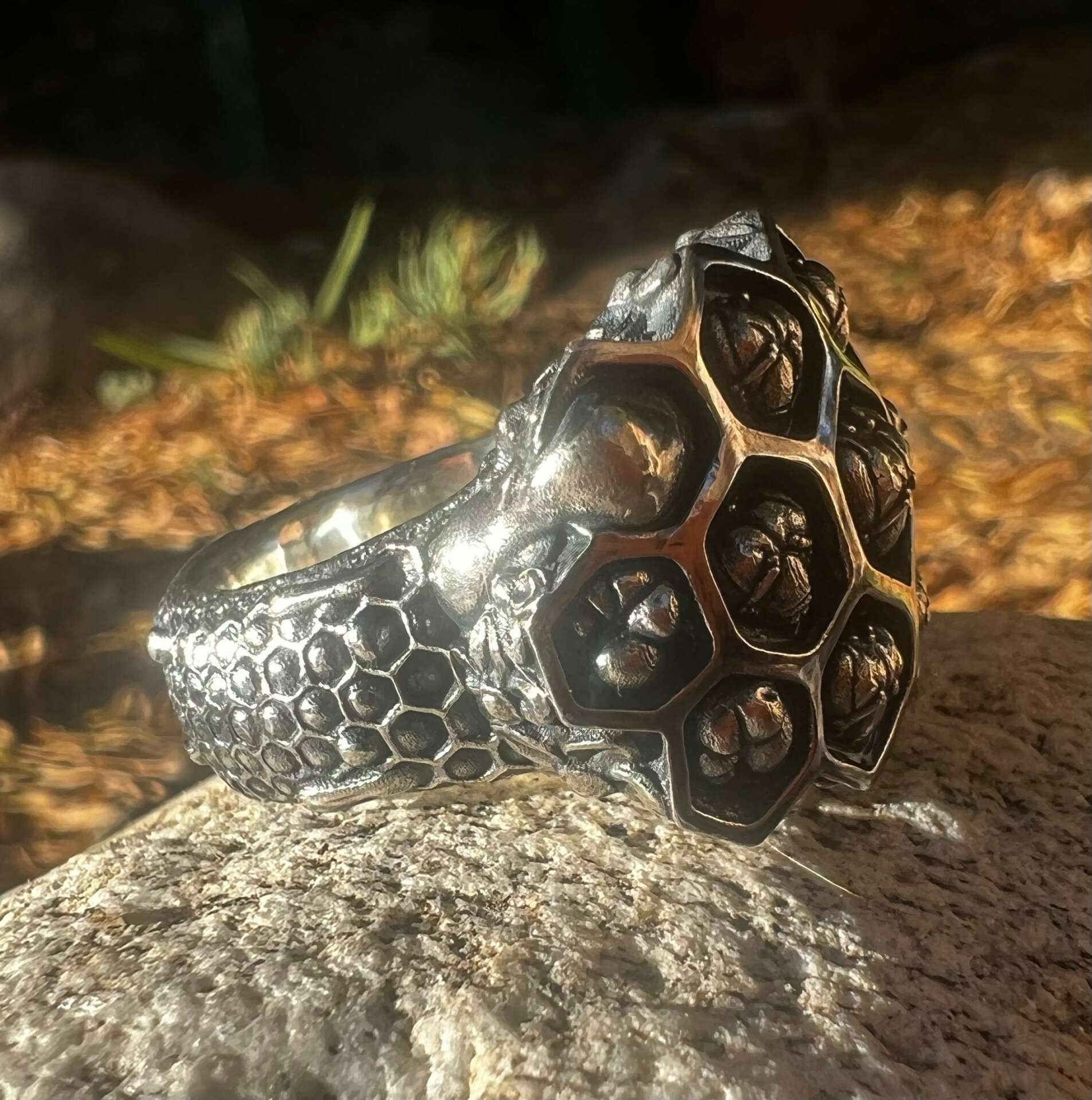
Eric, love having you share your insights with us. Before we ask you more questions, maybe you can take a moment to introduce yourself to our readers who might have missed our earlier conversations?
I studied music in school, specifically Classical Guitar. However upon graduation it became immediately apparent that I did not enjoy the lifestyle of a musician. Classical guitar basically translates to a lifetime of playing weddings and that did not appeal to me at all. I floundered for a while until I was lucky enough to land a job at the Howard Hughes Medical Institute in the late 90s. My job involved creating animations for the leading scientists at the institution in including some Nobel prize winners. I fell in love with creating digital art and I really enjoyed working closely with the scientists some of whom remain close friends to this day. Eventually I decided I needed more opportunities to explore digital art and animation and so I moved out to Los Angeles with my wife and studied at the Gnomon School of Visual Effects. I embraced software such as Maya and ZBrush and eventually I became an instructor at Gnomon as well as the author of numerous books on Maya and ZBrush and many video series for The Gnomon Workshop. I became a freelancer in LA and my projects were split between Hollywood type stuff for studios such as Imaginary Forces, Prologue Films, Yu and Co, Filmograph, and others, while at the same time I continued to do scientific visualization for companies such as Digizyme Inc. These two worlds help me to define what I wanted to do in my personal work. I wanted to use the power of digital animation to inspire people about the natural world. My technical skill was greatly improved by my work in the entertainment industry and I wanted to apply this to scientific visualization. My personal work concerns mostly insects and arachnids but also some vertebrates. I’ve done a lot of work studying and teaching about insect anatomy in an effort to create realistic and anatomically accurate models. As I have gained confidence in this area I’m now starting to explore creating more narrative art that uses this skillset t communicate to viewers on a more emotional level. I’m interested now in combining religious and mythical symbolism with insect and invertebrate subjects. I have definitely been inspired by artists such as Donna Dodson, The Obanoth, Robert Steven Connet, Ian Watkins, and others who also emphasize non-human points of view in their work. In my professional work I have recently been able to have the lucky to work on the “Signs of Life Planetarium” show at Griffith Observatory and the opening title sequence for “Wednesday” both of which allowed me to incorporate invertebrate subjects into the animations. The “Wednesday” title sequence just received an Emmy nomination. During the pandemic I became interested in using digital sculpting software to create jewelry. I collaborated with Tony Rodrigues, Henry Williams, and Tomas Wittelsbach and together we founded ZBrush Jewelry Workshop to teach traditional jewelers and others how to use digital sculpting software to create jewelry. In the process I’ve discovered another way to use art to celebrate invertebrate biology and wildlife. My own artistic story has come full circle, I’ve found that the discipline I earned through my studies in music school has helped me a great deal with problem solving and with learning how to see a project all the way through to completion.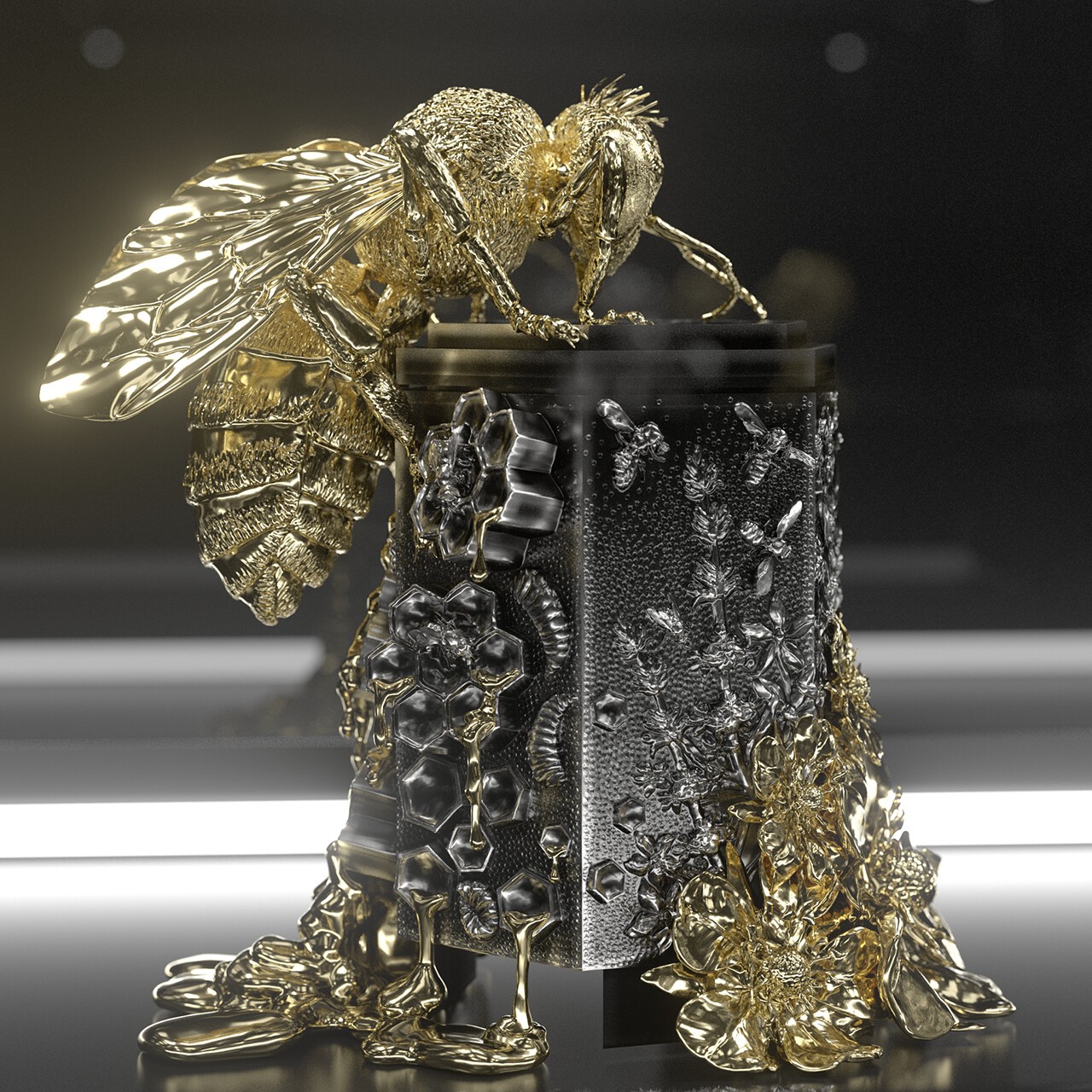
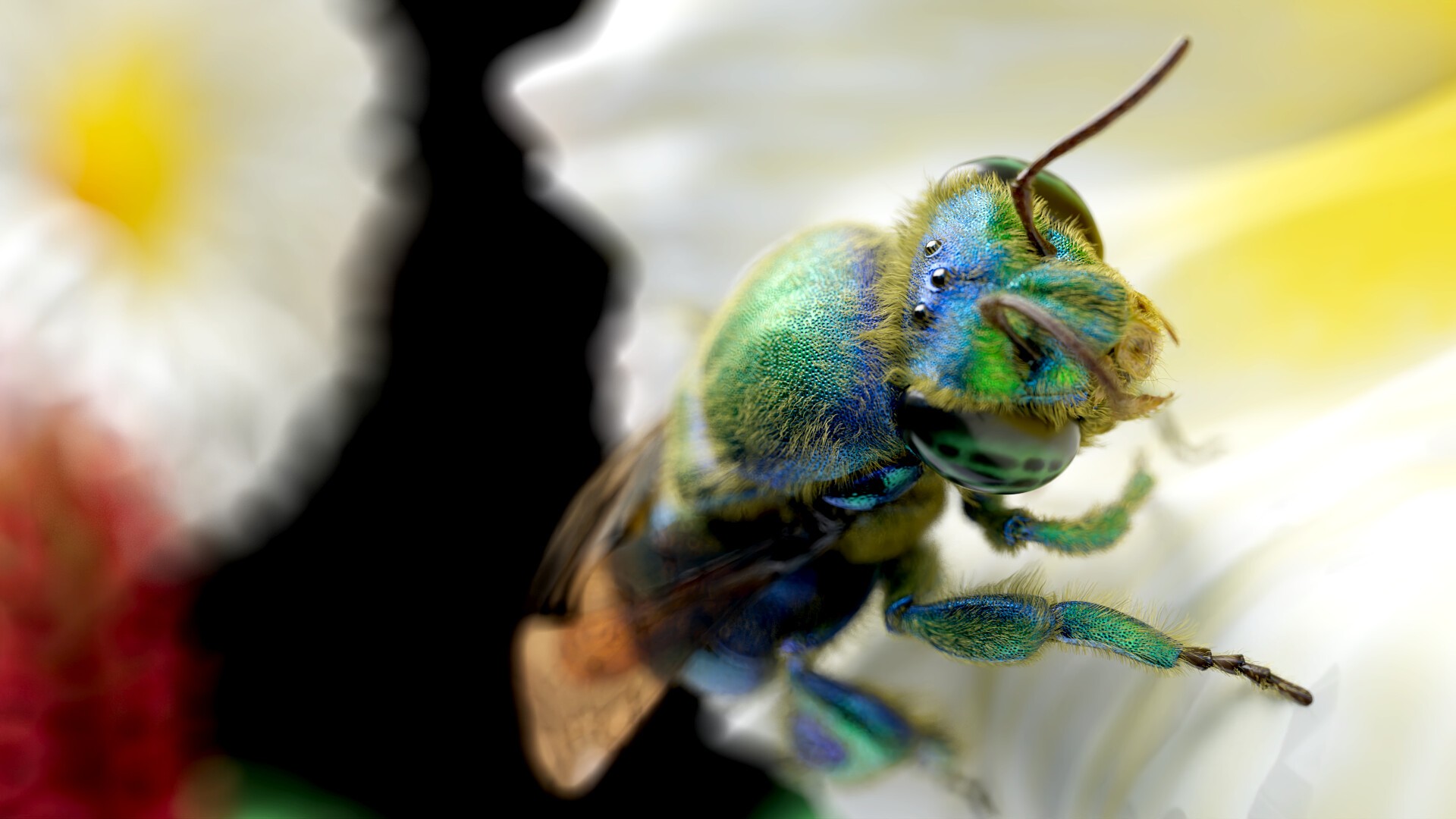
Can you share your view on NFTs? (Note: this is for education/entertainment purposes only, readers should not construe this as advice)
The initial first wave of overhyped NFTs seems to have passed and I’m glad that may be behind us. NFTs as a technology holds some very interesting potential but when they first became popular I found it very unnerving, The reason I worry about NFTs is because how I saw the hype affecting the way people make art. The affect was immediately apparent on young artists. The early promise of NFTs was that artists could make gobs of money just by making and minting their artwork. Get rich doing whatever you want was the message most people received. This is a very dangerous promise to make to young, struggling artists. It was like the California gold rush and it didn’t pan out. The con became evident to me the minute I started to try and learn what was behind the technology and immediately got mired in vague techno babble spouted by bros who had minimal, if any, training in art or art history. A select few artists did make ungodly sums of money, just like some people do actually win the lottery. But the NFT market was quickly seized by grifters and of course those in power who have always had control of the artistic marketplace. It wasn’t really about giving power to creatives, it was just the same old thing in a shiny new package. but what really troubled me was how quickly young artists raced to the bottom creating art with the sole purpose of mass appeal in order to strike it rich. The type of art that was created and the quality reminded me of the trashy t-shirt shops you find along Venice beach boardwalk. The potential of the technology was wasted on useless garbage art devoid of taste or point of view. For example “Bored Ape” was really a very OK cartoon that never would have earned much attention had it not been tied to the novelty of NFTs. Its just not very good and completely forgettable. And that seemed to be the best of the NFT art. I’m sure some earnest artists tried hard to make NFTs work but the net impact of the technology and the hype around it was just to drag art down further into mediocrity. It didn’t empower artists, maybe it will some day in some other form, but overall it just contributed to what Joe Strummer called the great “blandification” of culture. And this is evidenced clearly by NFT’s last gasp in the form of Donald Trump’s horrific digital trading cards. Of course now that NFTs have faded in popularity the world of art is facing a far greater threat from AI and of course AI and NFTs are combining forces to just spew out more garbage drowning out the voices of artists who actually have a worthwhile point of view. So overall, I’d say I’m not a fan of NFTs.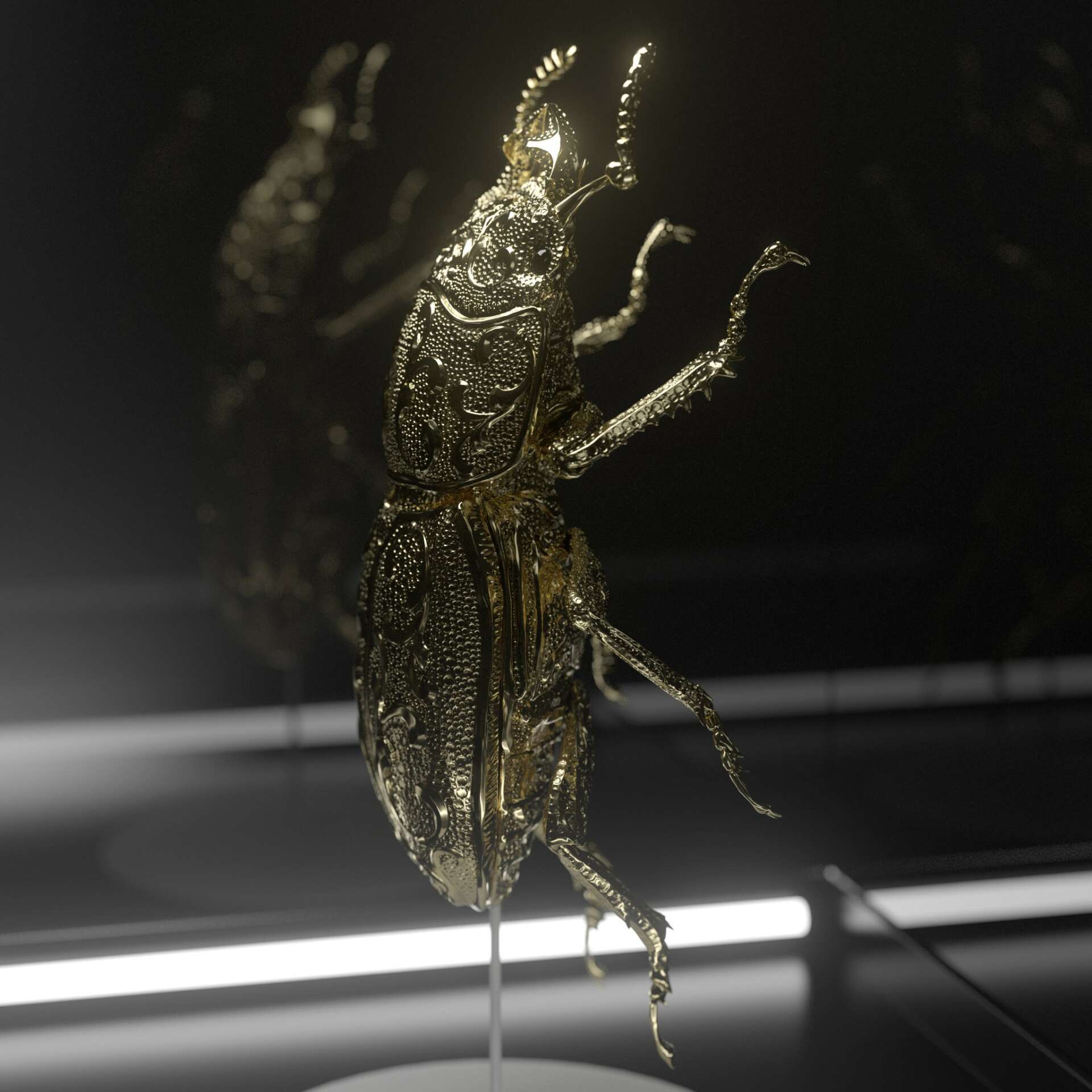
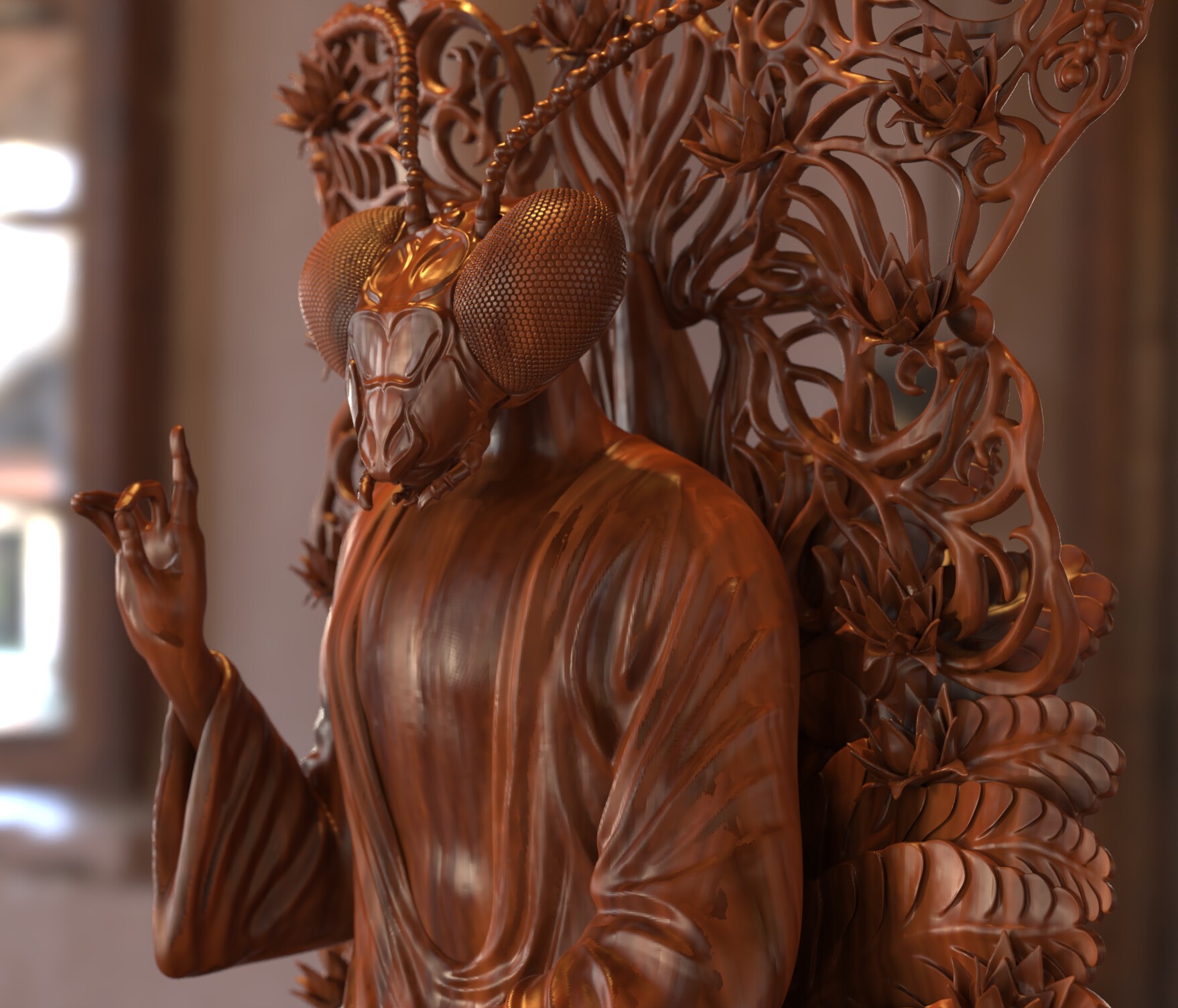
Is there a particular goal or mission driving your creative journey?
In my own personal work – meaning work that is not commissioned by someone else – my goal is to shift your point of view away from the idea that its all about us. Homo sapiens is a deeply solipsistic species. In our point of view, at least in the Western tradition, nature is almost by definition “background”. It is secondary to all human pursuits on both a societal and personal level. This is actually the natural result of being a social species that has been so successful at escaping the brutality of the natural world. But this departure from nature is now having heavy costs in the form of climate change, pandemics, food and water scarcity, and mass extinction. What I hope I can do when you view something I’ve created is to force that shift for even a split second and get you to look at our world through another animal’s sensory perception. I created an online series called “Entomology Animated” that literally explains how the eyes of insects work. You can view this on YouTube or at my website www.entomologyanimated.com. Insects as a subject work so well because of how alien they are to us. But when you encounter a similarity between humans and insects – such as how ants wage war or how honeybees care for their young – that shift in perception helps build a connection to the natural world. I’m hoping to expand on this into other areas of insect physiology to build out a more complete picture of the world from another point of view. My ultimate goal is that this momentary shift in perception will create a bit more empathy for the natural world as well as curiosity. There are many other artists who have a similar goal but the reality is we need vast armies of artists to focus on the natural world if we are going to dislodge the solipsism of human beings enough in a way that leads to meaningful, sustainable, change. Much of the history of modern western religion has been to try an get humans to treat each other was respect and kindness; to see ourselves in each other. We are at a stage in history now where the survival of life on earth is dependent on human beings seeing ourselves in ALL living things, even insects. That’s a much harder challenge but I believe its the challenge we have no choice but to take on. Art, religion, philosophy, and technology, has to change to this more holistic point of view of our role as participant, rather than master, of life on Earth. The alternative is extinction. 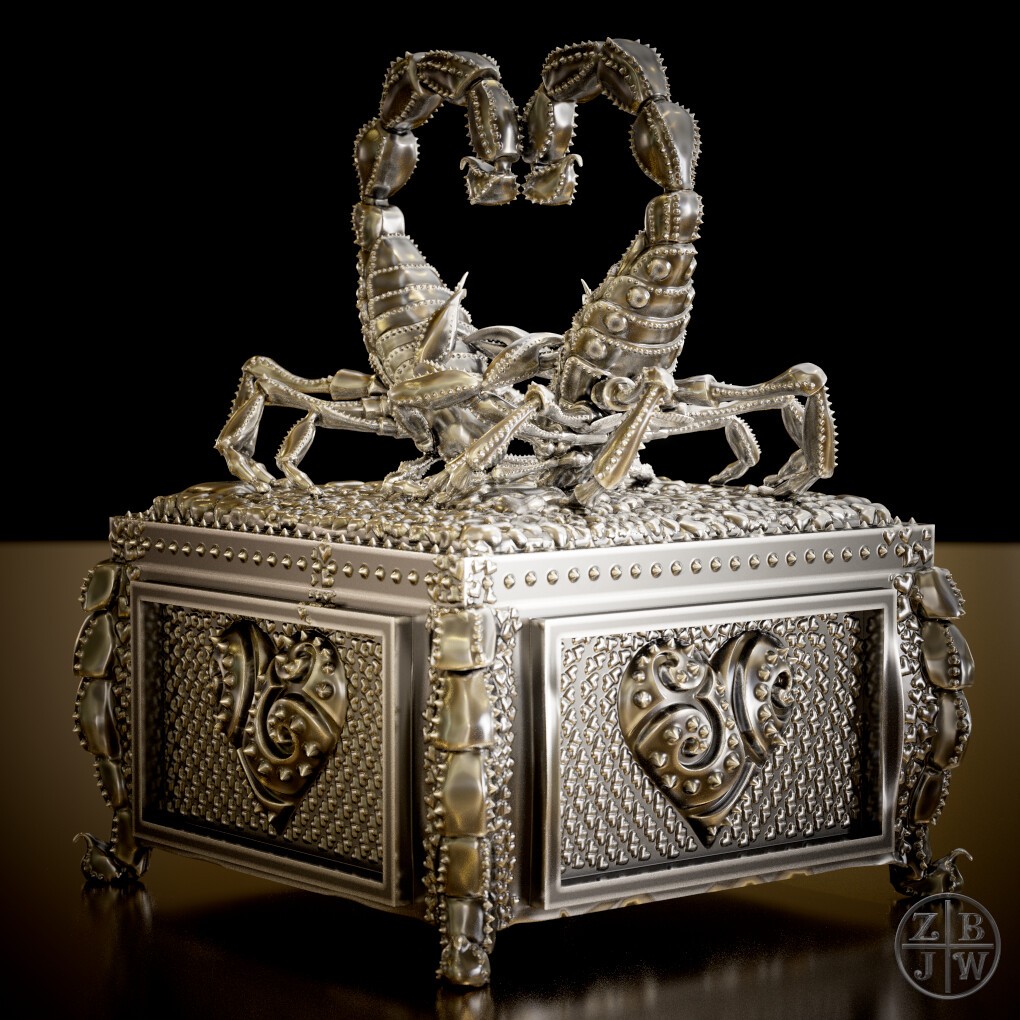
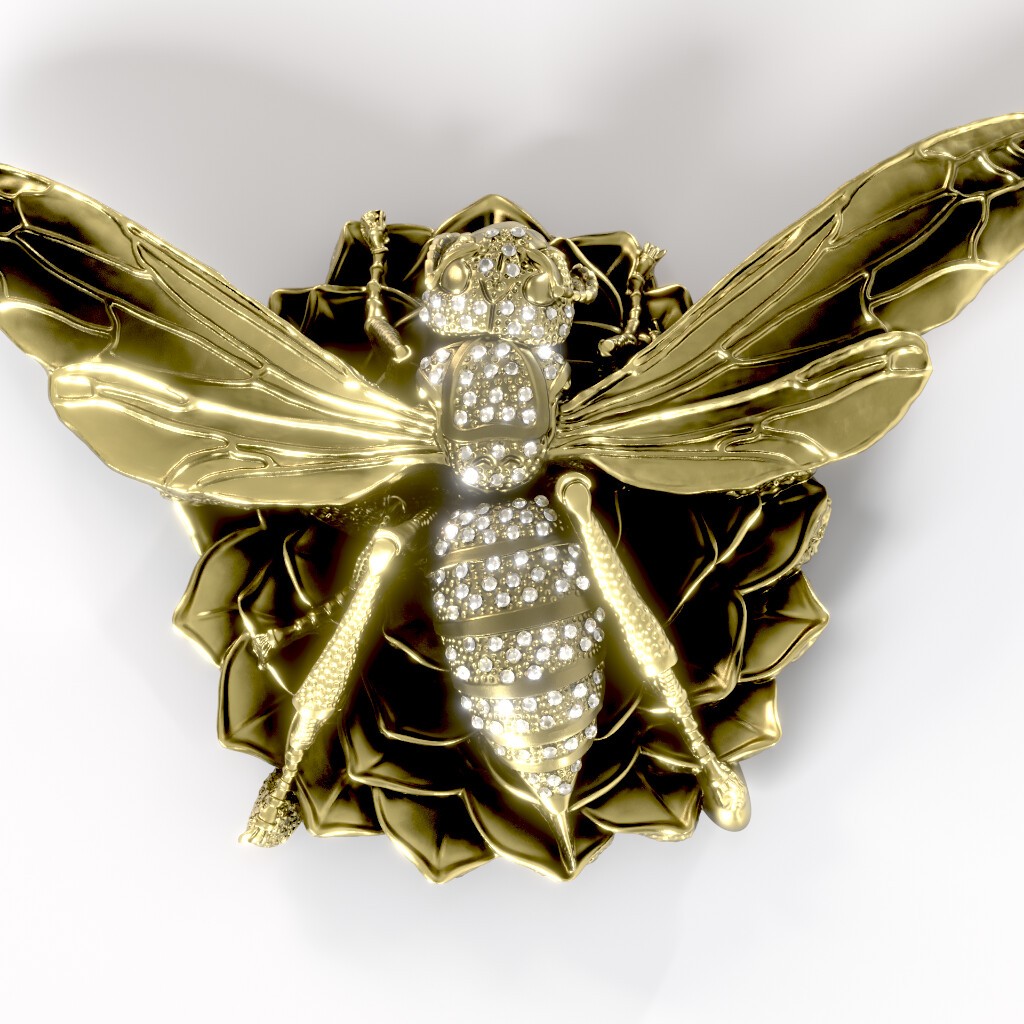
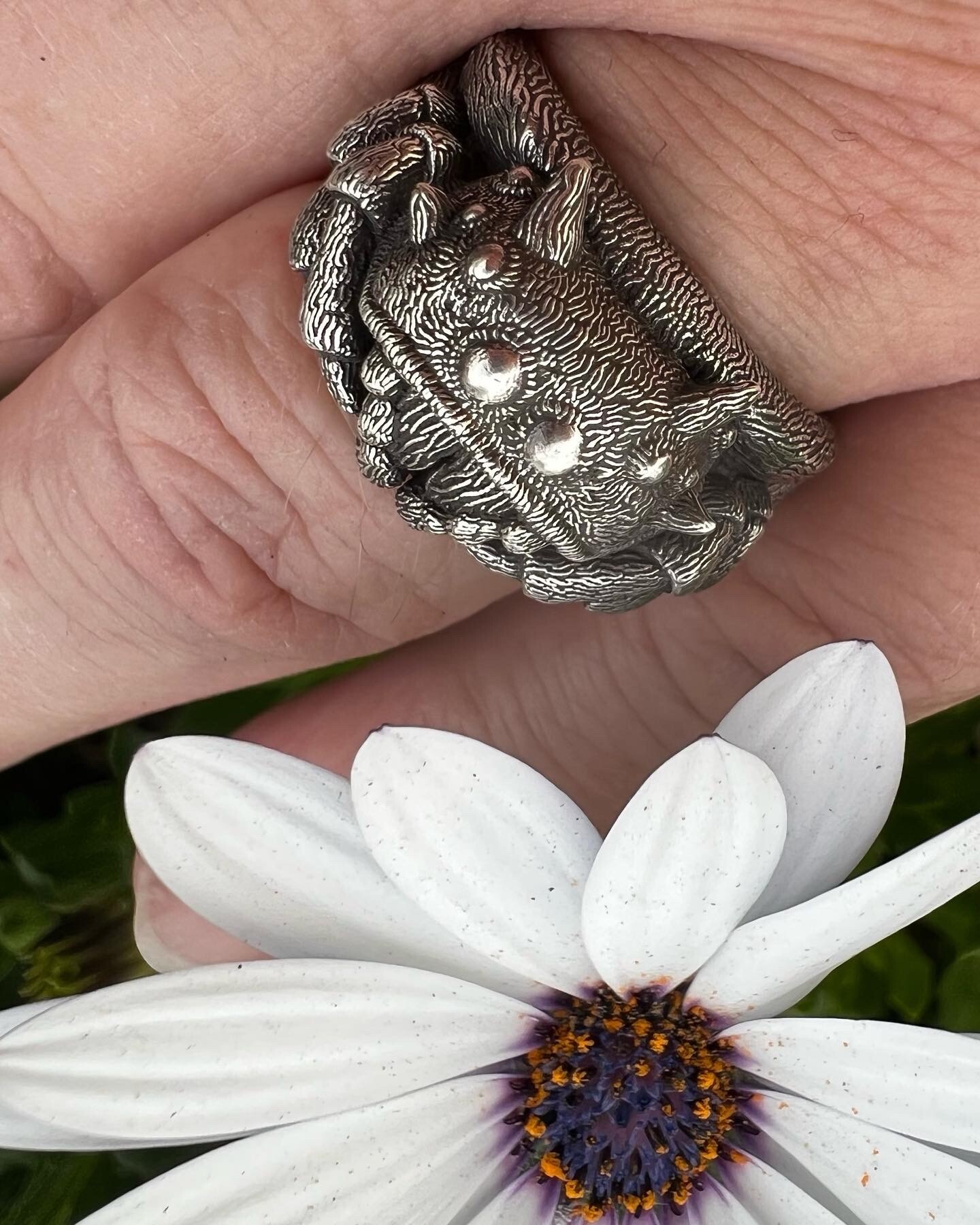
Contact Info:
- Website: www.bloopatone.com
- Instagram: bloopatone01
- Youtube: https://www.youtube.com/@EntomologyAnimated
- Other: www.entomologyanimated.com www.zbrushjewelryworkshop.com
Image Credits
All images are either digital renders created by Eric Keller or photographs taken by Eric Keller


